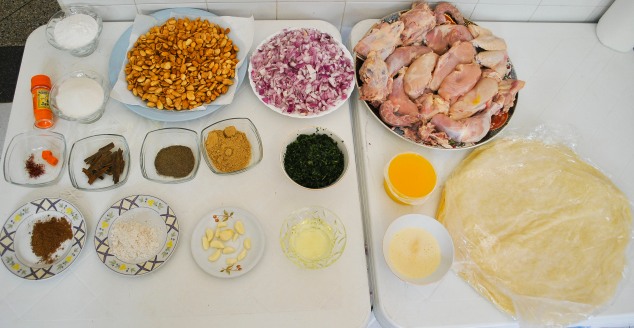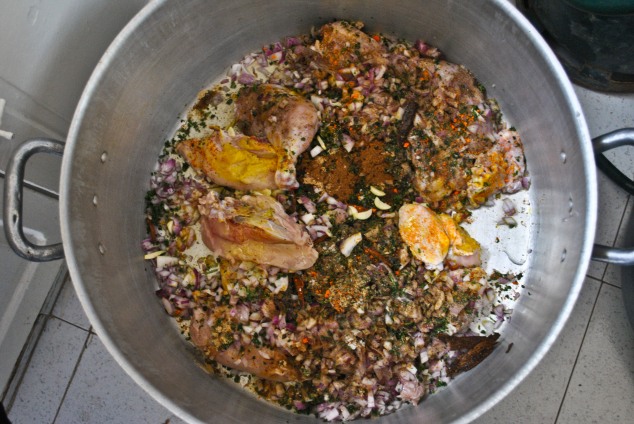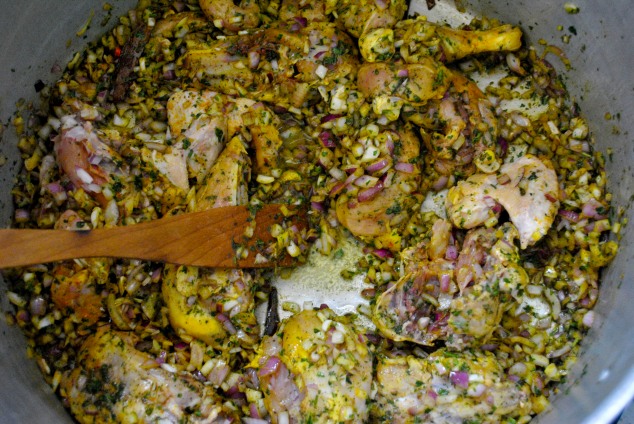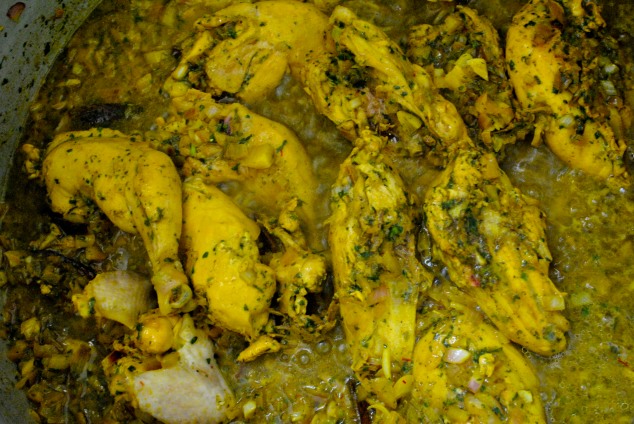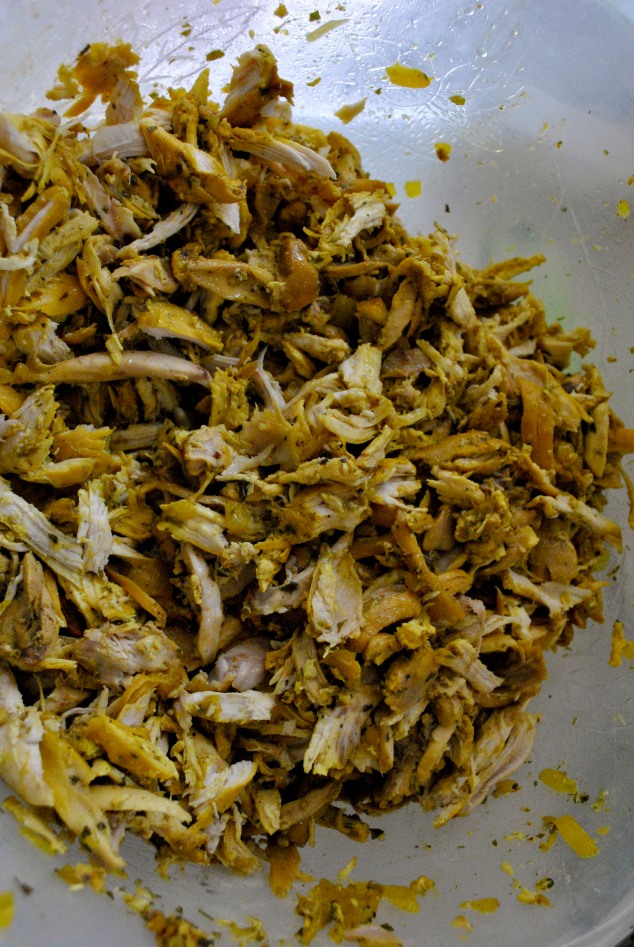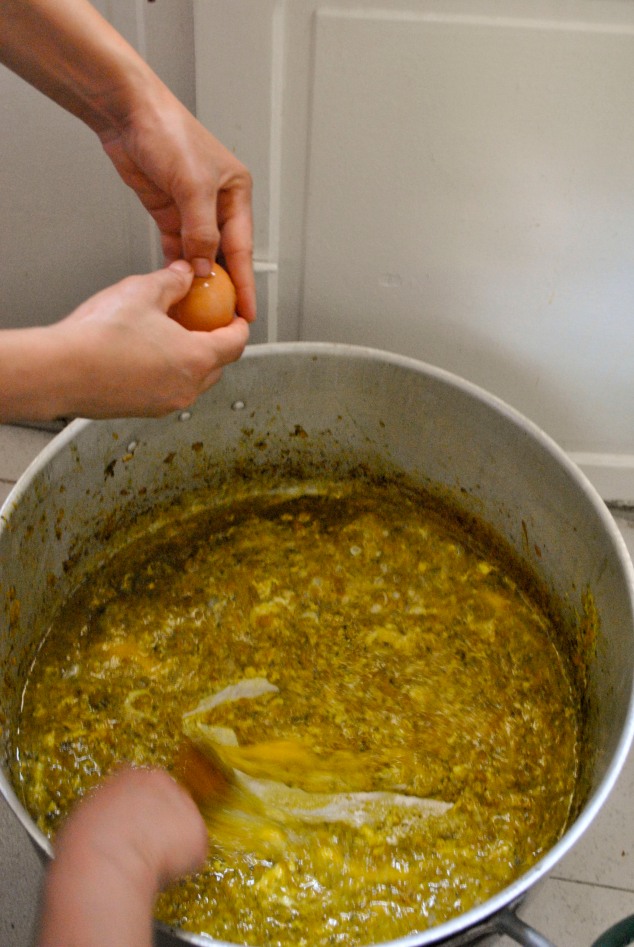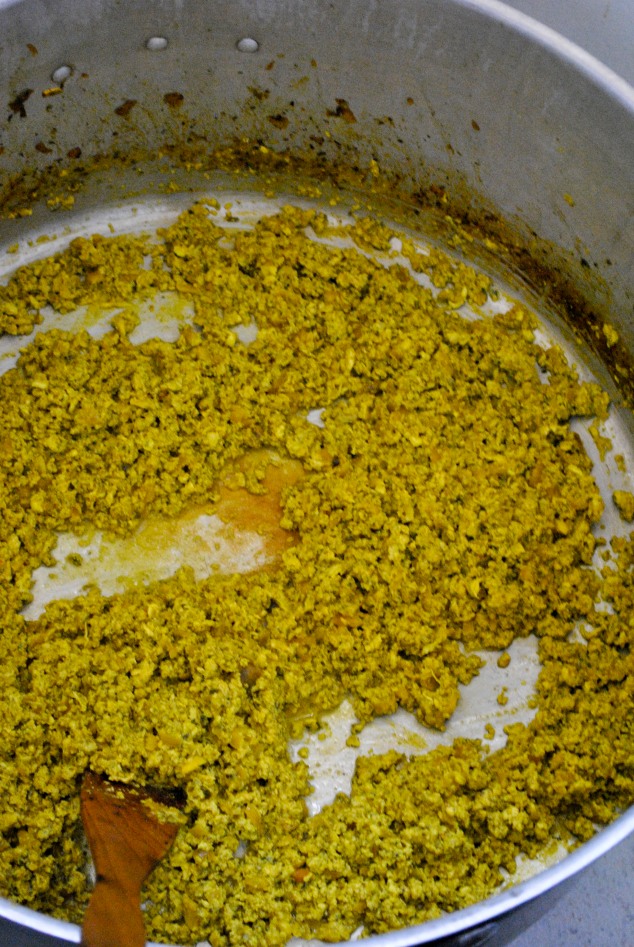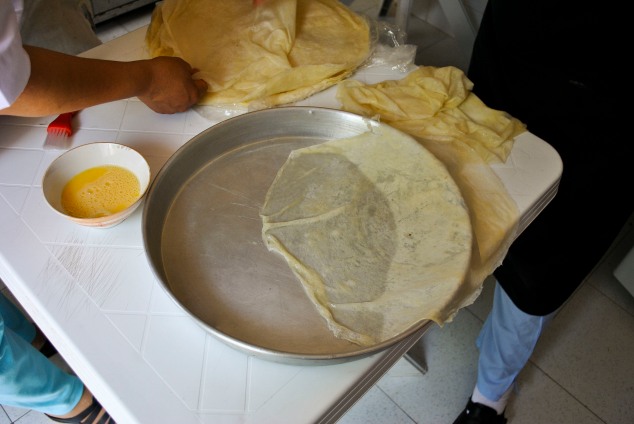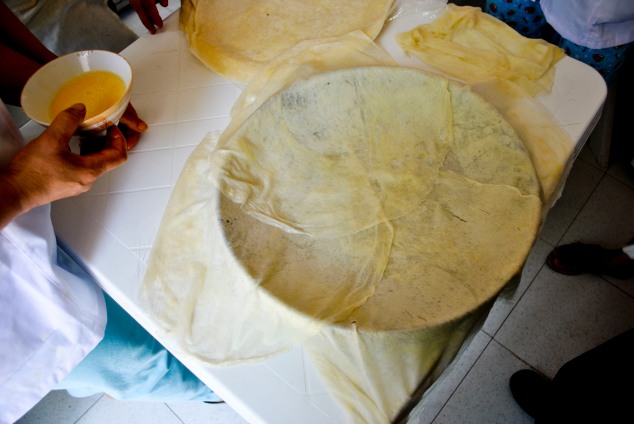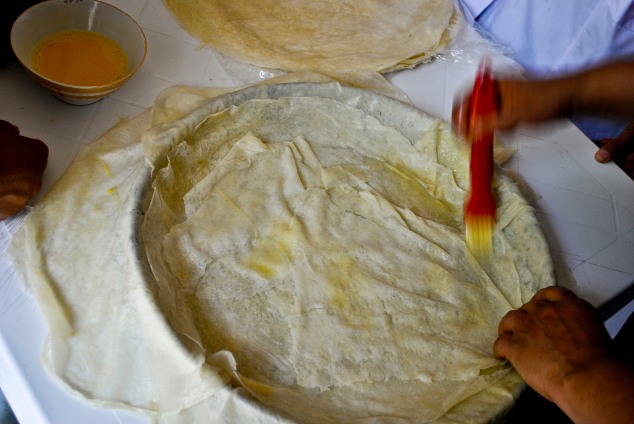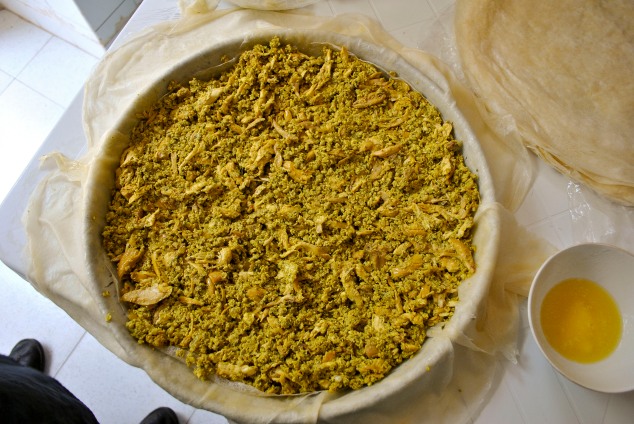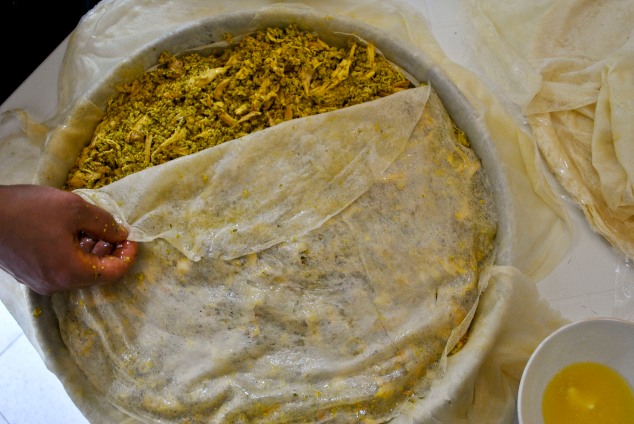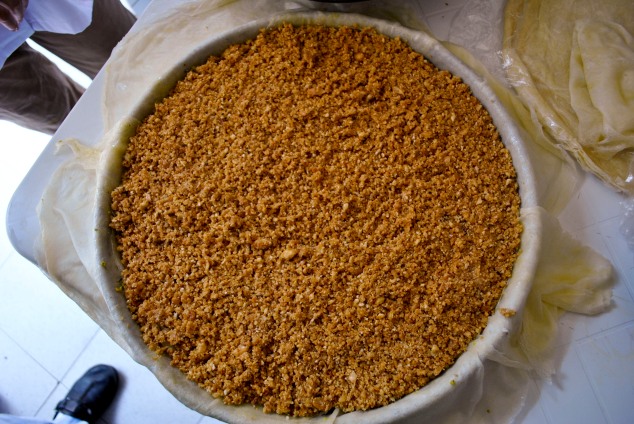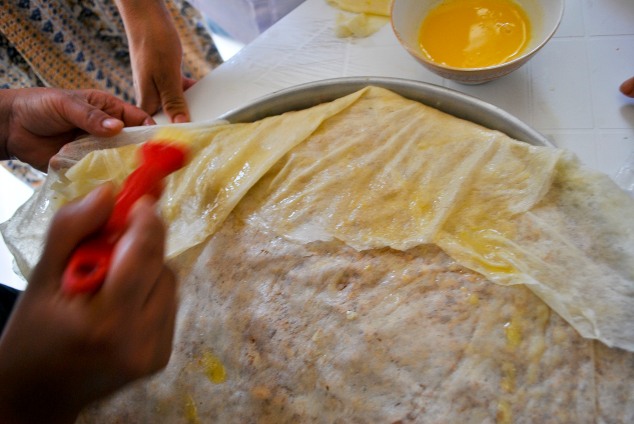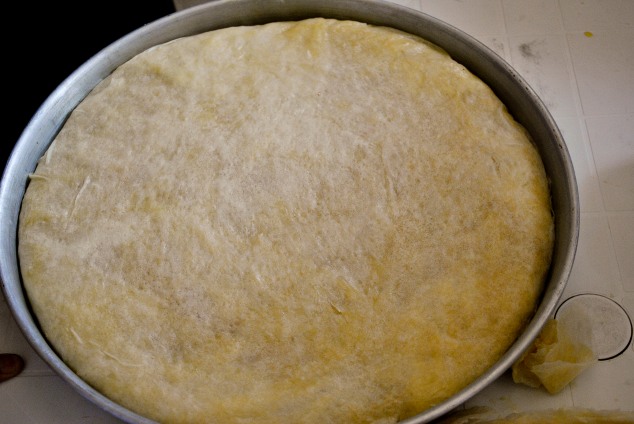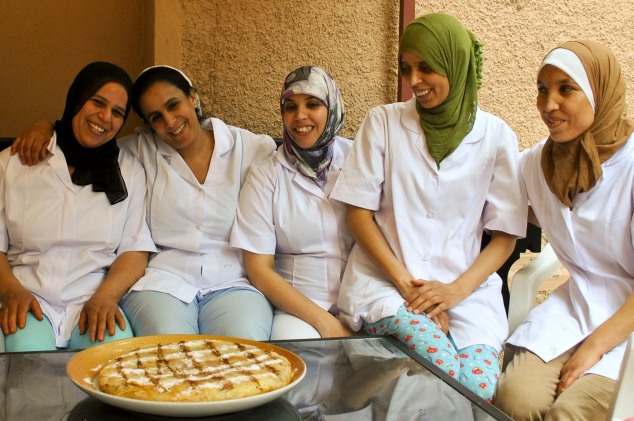Wow I sort of forgot I had a blog. It’s less than a month now until Ramadan, and I realize that inshallah this will be my third Ramadan “on the blog” (and maybe 22nd or so Ramadan in real life, alhamdulillah). Already there is an electric feeling of anticipation, houses to be cleaned (Moroccan no-joke cleaning: wash the walls, wash the carpets…do they still take the stuffing out of the pillows and wash it?), delicious stick-to-your-ribs-straight-to-your-hips shebakia and slilou to be prepared, schedules to be turned completely on their heads (hello 4 a.m. breakfast)…but the deepest preparation is the feeling that my soul stirs and awakens from its hibernation, anxious and yearning another season of nourishment. Another time when this world slips away of its own accord and we are yet again allowed to experience other possibilities. There is also a tinge of apprehension, for me personally, and I get this before every Ramadan. I think, will it be ok? Will I be able to do this again, now the days are even hotter and longer? I didn’t ever use to have this fear, then I took some Ramadans off while pregnant and nursing, and it sort of broke my flow. That fear usually subsides after the first day when I realize, yest this is hard, but so worth it. The great thing about fasting in a country where everybody fasts is that we all agree to reduce our mutual expectations of each other to bare minimum. Work dwindles, productivity is not even mentioned, faults are overlooked as being just side effects of the fast.
At the same time we are all busy trying to wrap up the year’s work in time. The women’s baking project is slowly but surely turning into something wonderful. We are trying to establish it as a proper women’s cooperative. The aim is to train and employ women from among the most vulnerable strata of society: poor or even destitute, illiterate, divorced mothers, single mothers, older women who have no one to care for them. Already the number has grown to 12 women. We have submitted an application to become a cooperative, and as I understand, it should be *only* six months before the final seal of approval is given. There are many, many stages to the application, including a phase where a committee actually visits the house of each woman. In the meantime, we continue to look for a good locale for the restaurant, continue to have training days, continue to chase the paper trail, continue to brainstorm as to the big picture.
It’s all very exciting for me and for the other women. Things are moving slowly which is good because it has allowed me to process in many stages what it means to invest myself into a project like this. It’s no longer simple volunteer work, a few hours here and there taking someone to the doctor or time in the kitchen working on a new recipe. The compassion that spurred me to action is no longer sufficient to carry this project to term. Now there is a long list of questions the only seems to grow. Will the cooperative model work with women who come from such intensely needy backgrounds? These women are not used to a democratic structure, will they even want that, or do they prefer to have a boss who runs a tight ship. I really want the core spirit to come from them, not from me. Together some of us visited an embroidery cooperative called Al Kawthar, for handicapped women. It’s a beautiful space deep in the old city, a nice light-filled workshop with large windows, very well organized with shelves of different colored threads. There are 40 women in the cooperative, with about 7 of them forming the board. They were very gracious in talking to us, showing us their business structure, talking to our women about how they run their coop. It was enlightening.
So, all in due time. If we could only find a space…that’s the piece that’s driving me crazy. There are places that are too busy and crazy, and other places that are way to quiet and remote, so hard to find a decent place that strikes a medium. My ideal space would have a garden and a few indoor rooms to set up in simple Moroccan decor. Like the bottom floor of a small villa, nothing fancy, somewhere in the Gueliz/Asif/Isil/Daoudiate areas. I’ve also looked at cafe spaces, apartments, etc. If you happen to have any leads for us, please pass them on.
In the meantime, it’s summer, the crops are in, the roses are blooming, the kids are swimming, the heat’s a-blazing, and here we are blessed to see it all.
From my mother’s garden:
Mother’s roses and painting:
There are never enough pics of roses:
Dyed in the wool, using Koolaid. Done by crafty Karima and her grandmother.
Meanwhile in the kitchen, the ladies were taught to make warqa, that papery thin dough used in so many Moroccan goodies. Barely there:
Can you see it? Can you imagine making hundreds of these?:
Peeling them off so carefully:
Cutting them into strips, filling with an almond center, and wrapping them into triangular briwat:
For most this was the first time making these labor intensive sweets:
She stood and deep fried them for hours:
Then dipped them in a syrup made from…coca cola:
Crispy, syrupy, almondy goodness!








































































